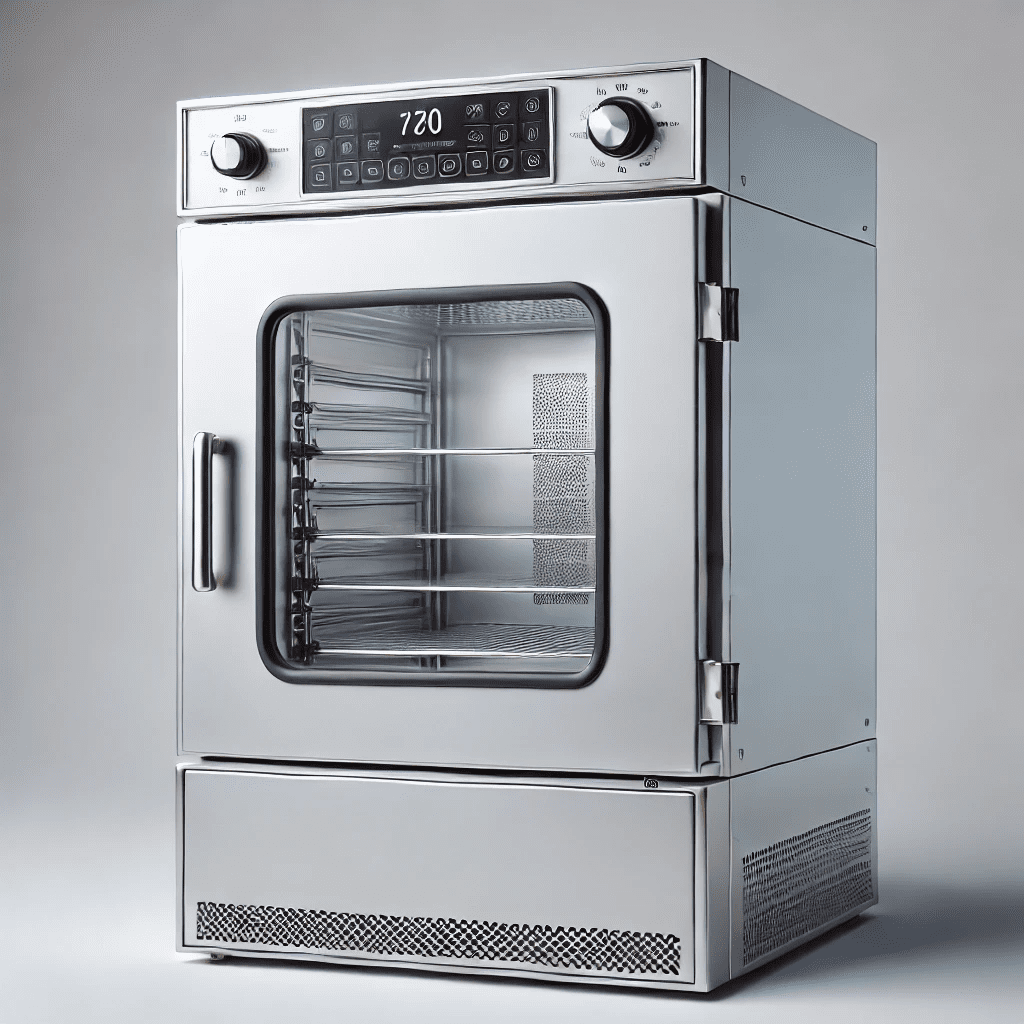Dry heat sterilization is a commonly used method for sterilizing materials that can withstand high temperatures. It is widely utilized in medical, biological, and microfluidic applications due to its effectiveness in ensuring sterility without the use of chemicals or moisture.
This process involves exposing materials to elevated temperatures in a controlled chamber, typically using hot air between 160°C and 170°C, without moisture. The heat penetrates the items, destroying microbial DNA and other essential cellular components, ensuring sterility.
However, while dry heat sterilization is highly effective, it is generally unsuitable for heat-sensitive materials. Therefore, to assist engineers and researchers in evaluating how various materials respond to dry heat sterilization, the following comprehensive chart derived from different sources including Qosina, Idex, and Industrial Specialties Mfg., provides compatibility ratings.
Refer to this table to make informed choices and maintain contamination-free experiments.
💡 The sterilization compatibility rating key is as follows:
- Good = Little to No Effect
- Fair = Slight to Moderate Effect
- Poor = Moderate to Severe Effect (Not Recommended)
🚨 This chart is intended for informational purposes only and should not be considered as a guarantee of material performance in sterilization or other uses. Users are responsible for evaluating the appropriateness of materials and processes for their specific applications, taking into account both technical and legal considerations.
🔥 Dry Heat: Sterilization Compatibility Chart
| Material | Dry Heat |
|---|---|
| Aluminum | Good |
| Cyclo Olefin Copolymer (COC) | Fair |
| Cyclo Olefin Polymer (COP) | Fair |
| Ethylene Chlorotrifluoroethylene (ECTFE) | Good |
| Ethylene Propylene Diene Monomer (EPDM) | Good |
| Ethylene Tetrafluoroethylene (Tefzel - ETFE) | Good |
| Fluorinated Ethylene Propylene (FEP) | Good |
| High Density Polyethylene (HDPE) | Poor |
| High Density Polypropylene (HDPP) | Poor |
| High Heat Polycarbonate (PC) | Good |
| Linear Low Density Polyethylene (LLDP) | Poor |
| Low Density Polyethylene (LDPE) | Poor |
| Neoprene | Good |
| Olefinic Thermoplastic Elastomer (TPO) | Fair |
| Perfluoro Alkoxy (PFA) | Good |
| Perfluoroelastomer (FFKM) | Good |
| Polyamide (Nylon) | Fair |
| Polyamide Thermoplastic Elastomer (TPA) | Poor |
| Polycarbonate (PC) | Fair |
| Polychlorotrifluoroethylene (PCTFE) | Good |
| Polydimethyl Siloxane (PDMS) | Good |
| Polyetheretherketone (PEEK) | Good |
| Polyethylene (PE) | Poor |
| Polymethyl Methacrylate (PMMA) | Poor |
| Polyoxymethylene (Delrin) | Good |
| Polyphenylene Sulfide (PPS) | Good |
| Polyphenylsulfone (PPSU) | Good |
| Polypropylene (PP) | Fair |
| Polystyrene (PS) | Poor |
| Polysulfone (PSU) | Good |
| Polytetrafluoroethylene (PTFE) | Fair |
| Polyurethane (PU) | Poor |
| Polyvinyl Chloride (PVC) | Fair |
| Polyvinyl Chloride (Unplasticized - PVC) | Poor |
| Polyvinyl Fluoride (PVF) | Good |
| Silicone | Good |
| Stainless Steel 316 | Good |
| Thermoplastic Polyolefin (TPO) | Fair |
| Thermoplastic Polyurethane (TPU) | Fair |
| Ultrahigh Molecular Weight Polyethylene (UHMWPE) | Poor |


